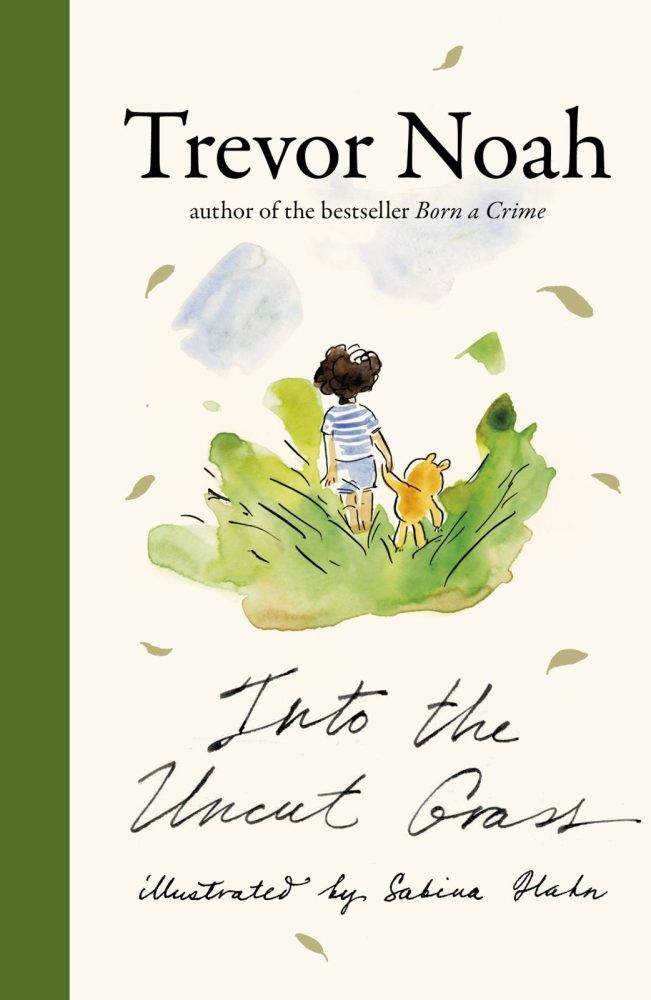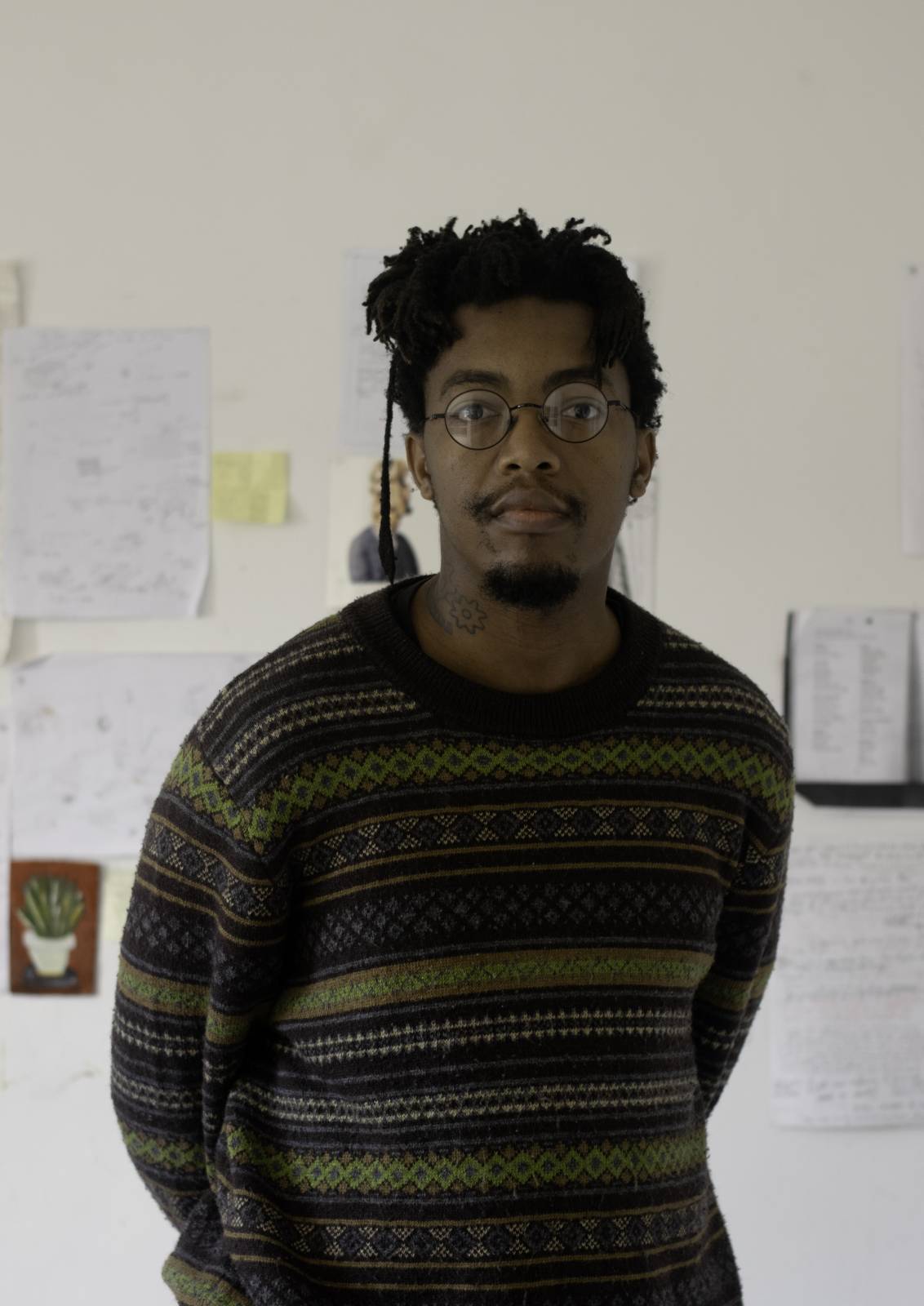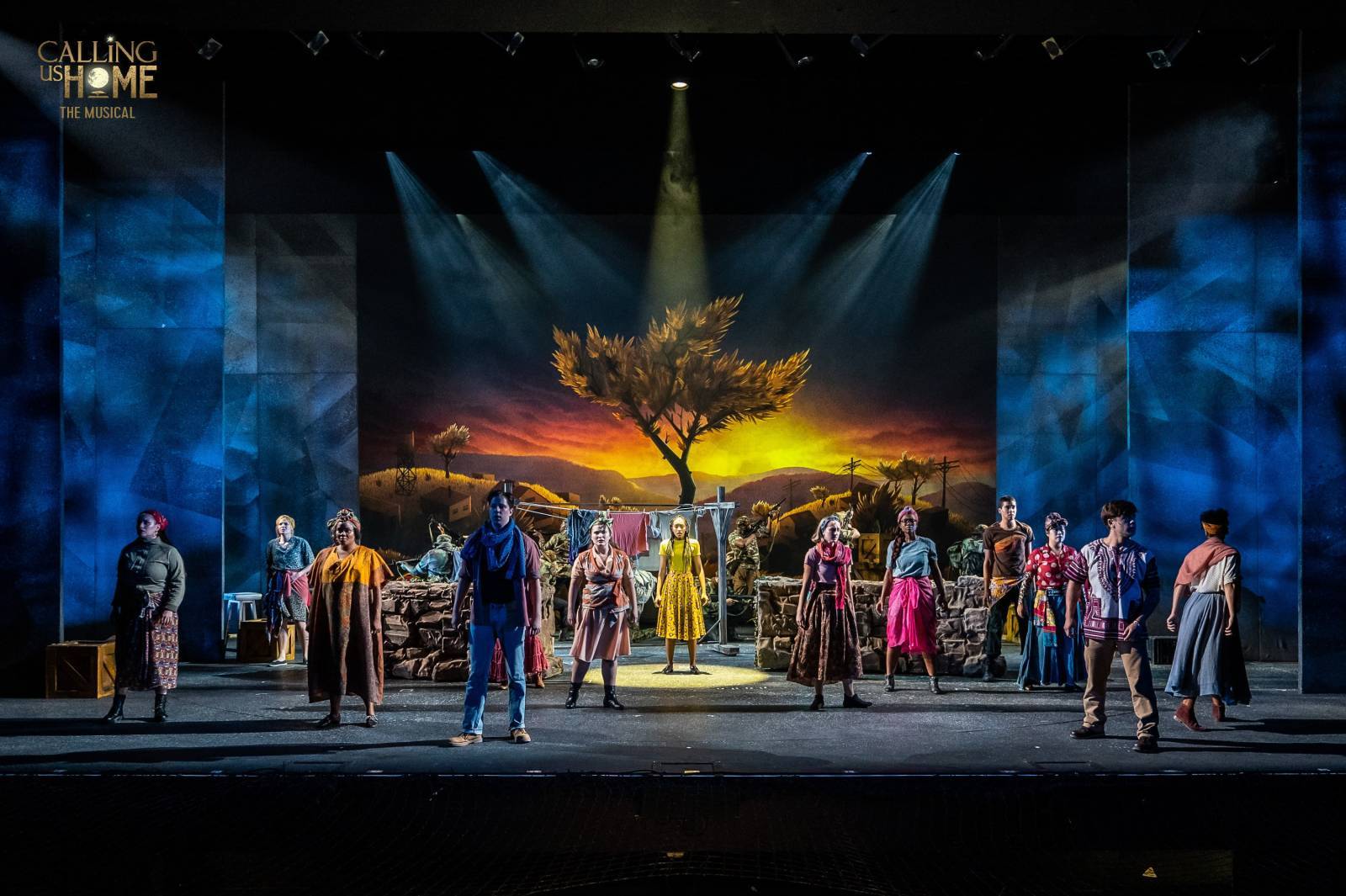Trevor Noah: Writing this book wasn’t child’s play
The comedian speaks to us about his recently released book Into the Uncut Grass — ostensibly for children

When it comes to stand-up comedy, hosting late-night talk shows on American TV and the Grammy Awards, South Africa’s globally beloved comedian Trevor Noah has got the T-shirt — and more.
One of the most successful comedians in the world, he was the host of the Emmy Award-winning The Daily Show on Comedy Central for seven years.
Noah served as the Grammy Awards host for three consecutive years, and his stand-up special Trevor Noah: Son of Patricia received a Grammy nomination for best comedy album in 2020.
He has written, produced and starred in 12 comedy specials and has sold-out stand-up shows.
Noah is also the author of #1 The New York Times bestseller Born a Crime: Stories from a South African Childhood (2016) and its adaptation for young readers, released in 2019, It’s Trevor Noah: Born a Crime: Stories from a South African Childhood, which also debuted as a New York Times bestseller.
But now Noah has tackled something unusual — he has just published the beautifully illustrated and witty fable Into the Uncut Grass, which is about a child’s journey into the world beyond the shadow of home. And, as he told the Mail & Guardian, writing a children’s book — or a book that looks like a children’s book but isn’t — is “deceptively difficult”.
Charles Leonard: You have been a reader since an early age. What was the book that had the biggest influence on you when you were a lightie and why?
Trevor Noah: As a lightie, The Little Prince by Antoine de Saint-Exupéry had a massive influence on me.
It’s a book that taught me to look at the world with curiosity and heart. The way it tackled big life lessons with simple, beautiful language really stayed with me.
It showed me that storytelling could be profound, no matter how whimsical or fantastical the tale.

On one of those early pages of books with all the formal stuff around publishers, their addresses, legalese like “rights reserved”, there is a disclaimer one sees saying something along the lines of: “Into the Uncut Grass is a work of fiction.” But is it totally fiction? Isn’t it based on a true story — that of a young Trevor but with fat dollops of imagination added?
You’ve caught me! While the story is technically a work of fiction, it is absolutely inspired by my childhood and how I used my imagination to navigate tough moments. Like the boy in the story, I often escaped into fantasy worlds to work through the conflicts I faced at home or in my surroundings. So, yes, it’s a mix of truth and imagination, with more than a little bit of young Trevor in there.
What made you decide to write this book? Was there a moment, a sound or a smell, an incident that prompted it or did you feel that passing snail in the intro needed another book?
The idea for the book came from wanting to explore how children use imagination to cope with real-life challenges.
There wasn’t a specific moment, but rather a reflection on my own childhood and how I worked through difficult situations.
I wanted to create something that honours the role of imagination in problem-solving. And yes, that passing snail may just be a symbol of the small, but significant, things we often overlook in life!
Into the Uncut Grass is a lovely and evocative title — how did you decide on it? Were there other strong contenders?
Into the Uncut Grass was actually my first choice for the title. It captures the sense of mystery, adventure and discovery that the boy experiences in the story. For me, uncut grass represents untamed territory — both literal and metaphorical. It’s a place where you can get lost and, in doing so, find new parts of yourself.
The title evokes that idea of exploring the unknown.
I loved how the book is subtly philosophical/non-judgmental/not pedantic and without some overt moral lesson at the end. What should your young readers learn from the book, if anything?
I didn’t want to be prescriptive with the story. My hope is that young readers come away with a sense of empathy and an understanding that conflict is a part of life, but it can be resolved with imagination and kindness.
It’s about showing them that disagreements don’t have to be battles, and that finding common ground can be an adventure in itself.
If they learn anything, I hope it’s that resolution can be creative, not confrontational.
Let’s go to the art, which works so beautifully with your lovely writing. Sabina Hahn’s mini-bio in the back of Into the Uncut Grass says “her greatest talent lies in conveying the understated humour and tenderness of both daily life and realms of fantasy”. It seems spot-on for the book. How important is her art to it?
Sabina’s art is absolutely essential to the story. Her illustrations breathe life into the words and create a world that feels real, yet magical, at the same time. She managed to capture the subtle humour and warmth of the story in a way that words alone couldn’t. Her artwork adds a layer of depth and emotional texture that makes the book more than just a narrative —it’s a visual journey, too.
Your granny called you “Springbok” — what a nickname … it’s rooted so deeply in South Africa. Drop being humble and please tell me how that name still applies to you, without referring to your athletic prowess …
(Laughs) “Springbok” for me was always more about being adaptable and quick on my feet, both literally and metaphorically.
Whether it’s on stage, in life or navigating different cultures, I’ve had to be nimble, to think on my feet and to switch gears when needed. I think that’s where the nickname sticks — it’s about versatility and being able to thrive in a variety of environments, much like the actual springbok.
What’s the best way to read this book? Out loud? Before bedtime?
I’d say Into the Uncut Grass is best read out loud, especially with children. There’s something special about hearing the rhythm of the words and the cadence of the story as it’s shared.
It’s also a great bedtime read, as it invites readers into a dreamlike adventure that feels comforting and imaginative — perfect for winding down after a long day.
Out of 10 (with 10 being kak difficult), what is hardest to write — a script for a late-night show, jokes for a stand-up performance or Into the Uncut Grass?
(Laughs) I’d give Into the Uncut Grass a solid seven. Writing a children’s book — or a book that looks like a children’s book but isn’t — is deceptively difficult.
You need to communicate big ideas in simple language and that takes a lot of thought.
Writing for stand-up or late-night is its own kind of challenge, but I’m more used to those formats.
This book was a new, exciting puzzle to solve.
What else are you working on?
Right now, I’m continuing to explore new ways to tell stories — whether it’s through books, documentaries or even returning to stand-up.
I’m also focused on expanding my foundation’s work in education and youth development in South Africa.
And, of course, there are always a few creative projects in the pipeline that I’m excited about but can’t reveal just yet!
Into the Uncut Grass is published by Pan MacMillan South Africa.
What's Your Reaction?

































